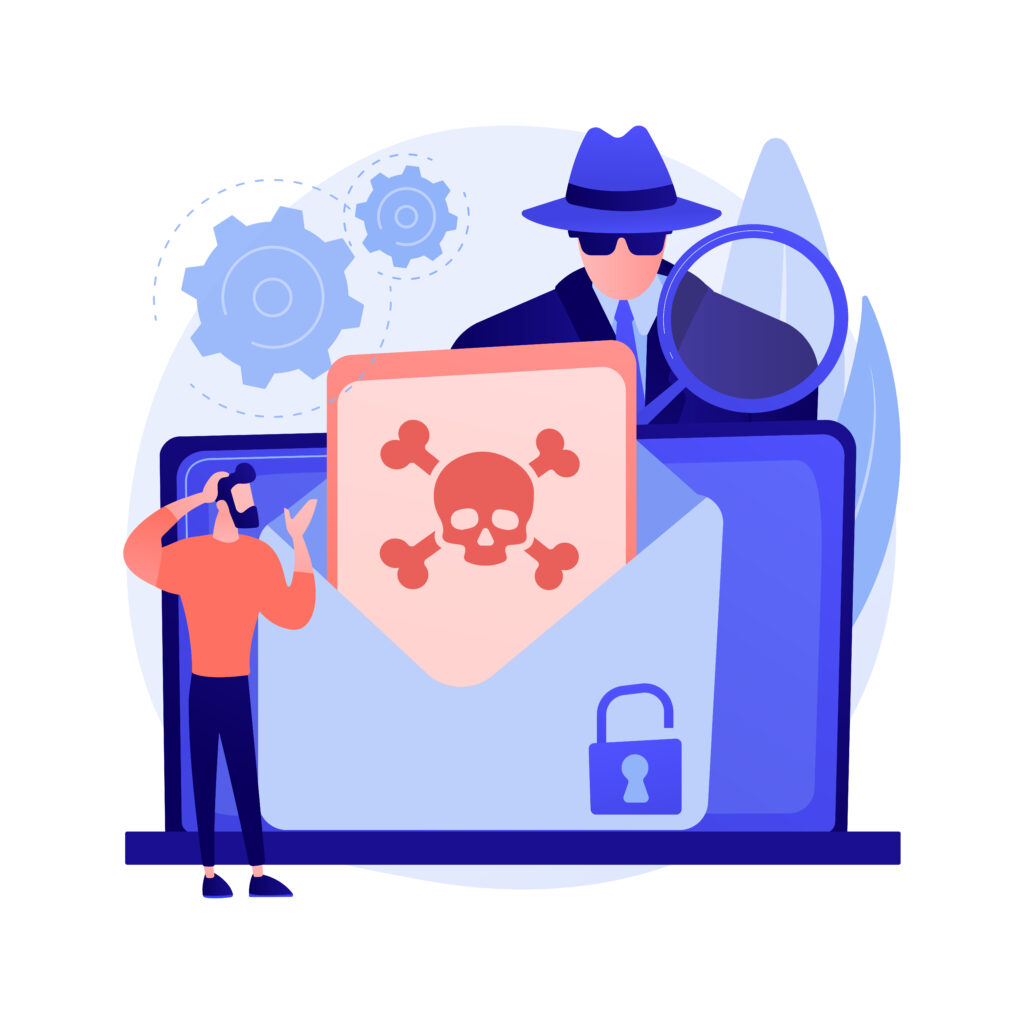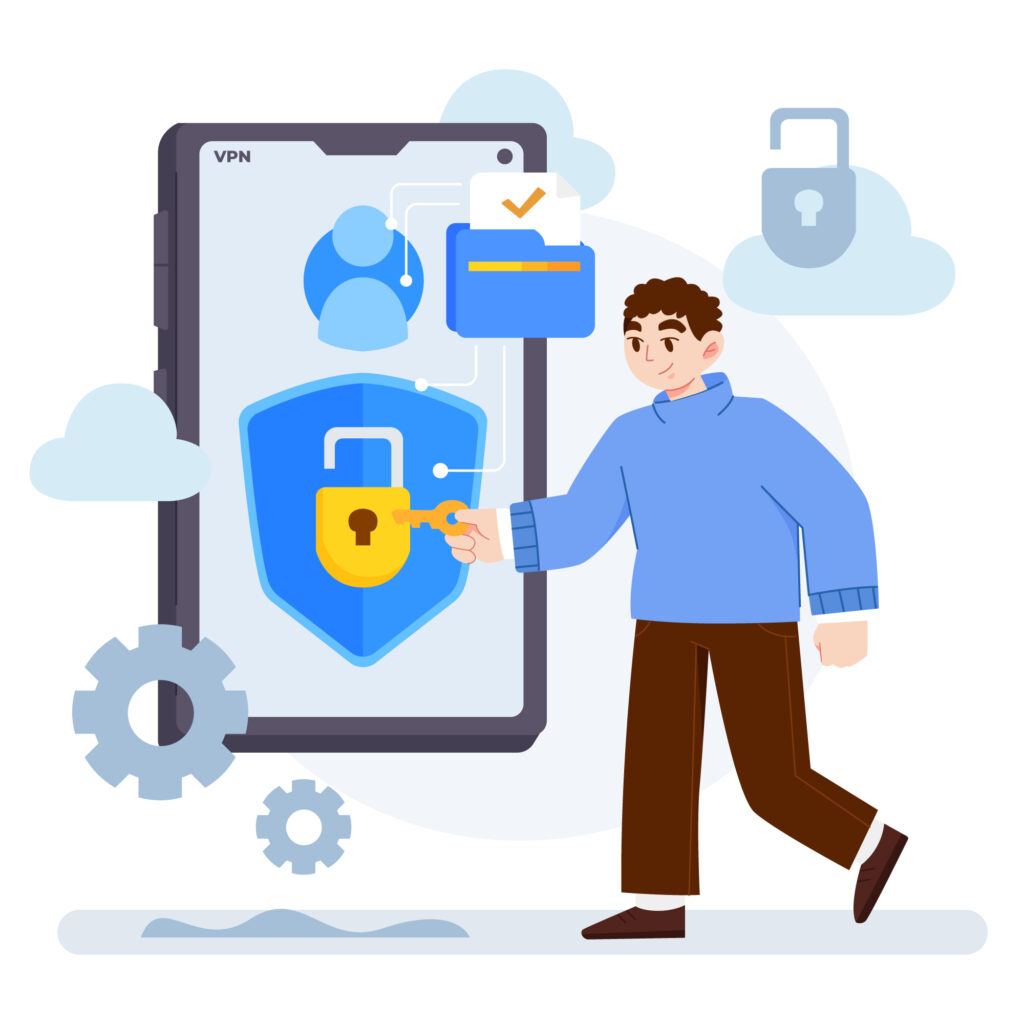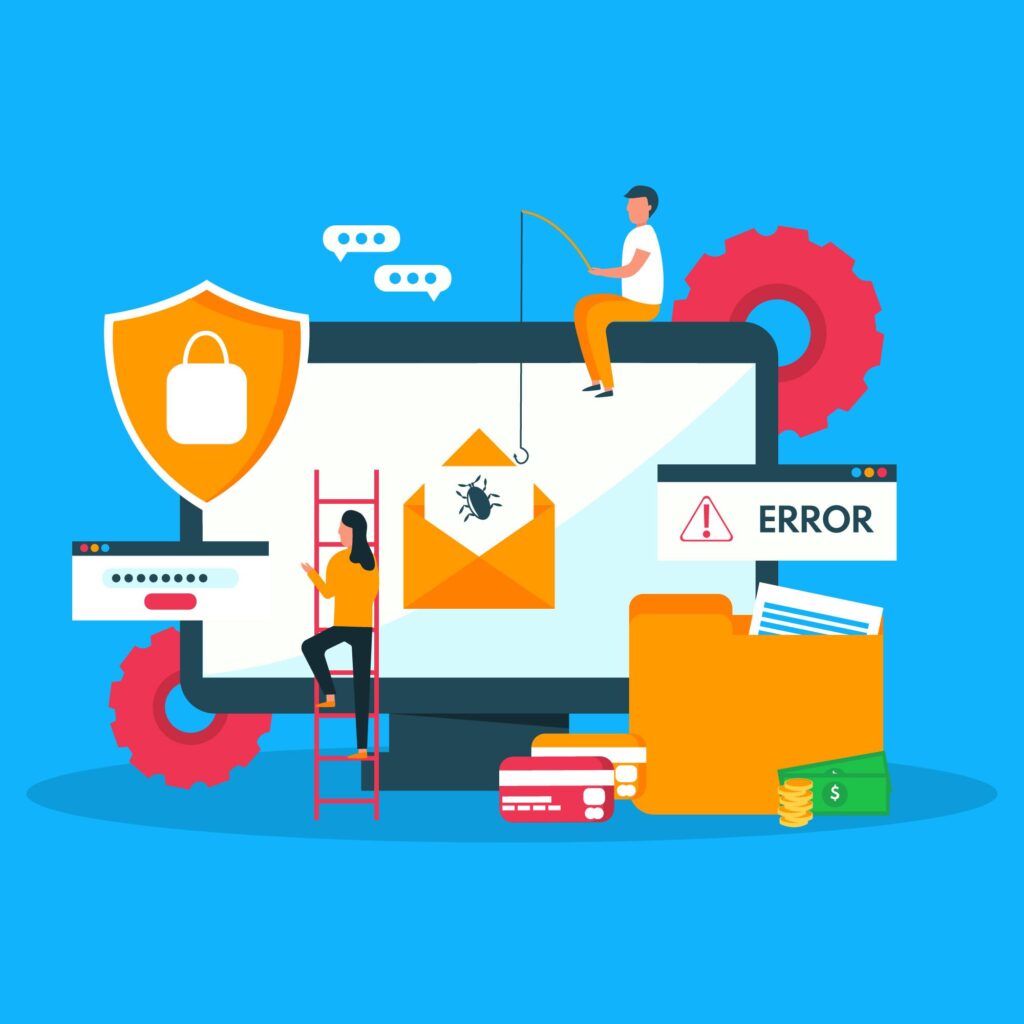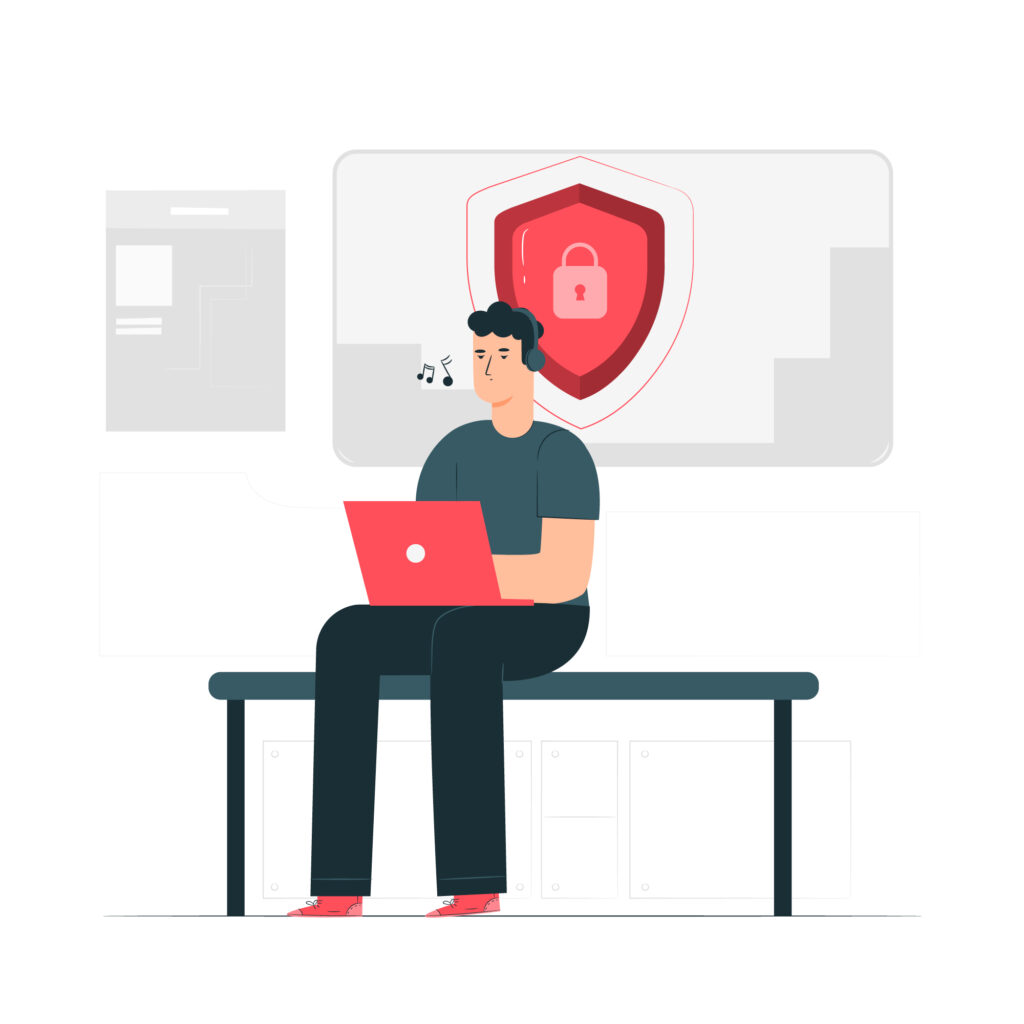 By: John Abhilash / August 19, 2024
By: John Abhilash / August 19, 2024
In today’s hyper-connected world, security frameworks in cyber security have become the backbone of robust organizational defense strategies. This comprehensive guide delves into the critical role these frameworks play, offering in-depth insights, practical implementation strategies, and real-world success stories.
Security frameworks in cyber security have come a long way from simple checklists to sophisticated, adaptive systems. They’ve evolved to address the increasing complexity of cyber threats and the expanding digital footprint of modern organizations.
Key Milestones:
1990s: Basic security checklists
Early 2000s: Compliance-driven frameworks
2010s: Risk-based and adaptive frameworks
Present: AI-enhanced, cloud-native security frameworks in cyber security
This evolution reflects the changing nature of cyber threats and the increasing importance of cybersecurity in business operations.
The Strategic Importance of Security Frameworks in Cyber Security
Risk Management: Security frameworks in cyber security provide a structured approach to identifying, assessing, and mitigating risks. They help organizations prioritize their security efforts based on potential impact and likelihood of threats.
Compliance: Many security frameworks in cyber security are aligned with regulatory requirements, simplifying compliance processes for organizations.
Business Enablement: By providing a structured approach to security, these frameworks enable organizations to innovate and expand their digital presence with confidence.
Cost Optimization: Implementing security frameworks in cyber security can lead to more efficient resource allocation, reducing unnecessary expenditure on redundant or ineffective security measures.
Reputation Management: A robust implementation of security frameworks in cyber security can enhance an organization’s reputation, building trust with customers and partners.
Deep Dive into Key Security Frameworks in Cyber Security
1.NIST Cybersecurity Framework
The NIST Framework stands out among security frameworks in cyber security for its flexibility and comprehensive approach.
Key Components:
Identify: Asset management, business environment, governance, risk assessment, risk management strategy
Protect: Access control, awareness and training, data security, information protection processes and procedures, maintenance, protective technology
Detect: Anomalies and events, security continuous monitoring, detection processes
Respond: Response planning, communications, analysis, mitigation, improvements
Recover: Recovery planning, improvements, communications
Real-world Example: The global energy company BP implemented the NIST Cybersecurity Framework to enhance its digital resilience. This implementation helped BP to:
Standardize its approach to cybersecurity across diverse global operations
Improve its ability to detect and respond to threats in its operational technology environments
Enhance communication about cybersecurity risks with its board and stakeholders
2.ISO/IEC 27001
ISO/IEC 27001 is renowned among security frameworks in cyber security for its comprehensive coverage of information security management.
Key Areas:
Information security policies
Organization of information security
Human resource security
Asset management
Access control
Cryptography
Physical and environmental security
Operations security
Communications security
System acquisition, development and maintenance
Supplier relationships
Business continuity management
Compliance
Case Study: Nippon Telegraph and Telephone Corporation (NTT), one of the world’s largest telecommunications companies, achieved ISO/IEC 27001 certification for its global operations. This implementation:
Standardized security practices across NTT’s diverse global portfolio
Enhanced customer trust, particularly in highly regulated industries
Improved NTT’s ability to meet stringent data protection requirements in different jurisdictions
3.MITRE ATT&CK Framework
While not a traditional framework, MITRE ATT&CK has become an essential tool in the arsenal of security frameworks in cyber security.
Key Uses:
Threat Intelligence: Mapping observed attacker behaviors to known tactics and techniques
Security Gap Analysis: Identifying areas where current security controls may be insufficient
Red Team Operations: Guiding penetration testing and adversary emulation exercises
Security Metrics: Providing a standardized way to measure security coverage
Real-world Example: The Dutch National Cyber Security Centre (NCSC) leverages the MITRE ATT&CK framework to:
Enhance its threat intelligence capabilities
Improve its ability to detect and respond to sophisticated cyber threats targeting critical national infrastructure
Standardize communication about cyber threats across different government agencies and private sector partners
Implementing Security Frameworks in Cyber Security: A Strategic Approach
Assessment and Planning
Conduct a comprehensive risk assessment
Map current security controls to chosen framework(s)
Identify gaps and prioritize actions
Phased Implementation
Start with high-priority areas identified in the assessment
Implement controls in manageable phases
Regularly reassess and adjust the implementation plan
Integration with Existing Processes
Align the chosen security frameworks in cyber security with existing business processes
Update policies and procedures to reflect the new framework
Integrate framework implementation into the software development lifecycle
Training and Awareness
Develop a comprehensive training program for all staff
Conduct specialized training for security teams on the chosen frameworks
Implement ongoing awareness campaigns to maintain focus on security
Continuous Monitoring and Improvement
Implement tools for continuous monitoring of security controls
Regularly assess the effectiveness of implemented measures
Stay updated on evolving threats and framework updates
Overcoming Common Challenges in Implementing Security Frameworks in Cyber Security
Resource Constraints Solution: Prioritize implementation based on risk, leverage automation tools, and consider managed security services for specialized needs.
Complexity Solution: Break down the implementation into manageable phases, focus on core components first, and gradually expand coverage.
Organizational Resistance Solution: Secure executive sponsorship, demonstrate the business value of security frameworks, and involve stakeholders from across the organization in the implementation process.
Keeping Up with Changes Solution: Assign dedicated resources to monitor framework updates, participate in industry forums, and establish a regular review process for your security program.
Integration with Legacy Systems Solution: Develop a roadmap for modernizing legacy systems, implement compensating controls where necessary, and consider containerization or micro-segmentation techniques to isolate vulnerable legacy systems.
Measuring the Effectiveness of Security Frameworks in Cyber Security
Quantitative Metrics:
Reduction in security incidents
Decrease in mean time to detect (MTTD) and mean time to respond (MTTR)
Improvement in vulnerability management metrics (e.g., time to patch critical vulnerabilities)
Qualitative Metrics:
Maturity level assessments against chosen frameworks
Improvement in audit findings
Enhanced ability to articulate security posture to board and stakeholders
Business Impact Metrics:
Reduction in cyber insurance premiums
Increased success in security-sensitive business deals
Improved customer trust and satisfaction scores
The Future of Security Frameworks in Cyber Security
As we look ahead, several trends are shaping the evolution of security frameworks in cyber security:
AI and Machine Learning Integration: Future frameworks will likely incorporate AI-driven risk assessment and automated response capabilities.
Cloud-Native Security: With the continued shift to cloud environments, we can expect to see more cloud-specific security frameworks emerging.
Supply Chain Security: Given the rise in supply chain attacks, future frameworks will likely place greater emphasis on vendor risk management and software supply chain security.
Privacy-Centric Approaches: As privacy regulations continue to evolve, security frameworks in cyber security will likely incorporate more privacy-by-design principles.
Adaptive and Dynamic Frameworks: Future frameworks may offer real-time adjustments based on the current threat landscape and an organization’s changing risk profile.
Conclusion
Security frameworks in cyber security are not just compliance checkboxes; they are strategic tools that can dramatically enhance an organization’s ability to protect its assets, maintain customer trust, and enable business growth. By thoughtfully selecting and implementing these frameworks, organizations can build a robust, adaptive security posture that can withstand the evolving threat landscape.
Remember, the journey of implementing security frameworks in cyber security is ongoing. It requires commitment, resources, and a culture of continuous improvement. But with the right approach, the rewards – in terms of enhanced security, operational efficiency, and business enablement – are well worth the effort.
Enhancing Framework Implementation with Guardian
To maximize the effectiveness of security frameworks in cyber security, organizations can leverage advanced tools like Guardian, an Application Security Posture Management (ASPM) solution. Guardian complements and enhances the implementation of security frameworks in cyber security by providing:
Key Features of Guardian:
Centralized Dashboard: Offers a holistic view of your security posture, consolidating data from multiple tools and aligning with the comprehensive approach of security frameworks in cyber security.
Noise Reduction: Utilizes intelligent algorithms to reduce false positives and highlight critical vulnerabilities, enabling more effective prioritization of remediation efforts in line with chosen security frameworks in cyber security.
Correlated Insights: Correlates data from various security tools to provide deeper insights into vulnerabilities and potential attack vectors, enhancing the ability to implement and maintain effective security frameworks in cyber security.
By integrating Guardian into your security strategy, you can more effectively implement and maintain security frameworks in cyber security, ensuring a robust and adaptive security posture. Guardian’s features directly support the principles of many popular security frameworks, making it an invaluable tool in operationalizing these frameworks and continuously improving your cybersecurity posture.
By integrating Guardian into your security strategy, you can more effectively implement and maintain security frameworks in cyber security, ensuring a robust and adaptive security posture. Guardian’s features directly support the principles of many popular security frameworks, making it an invaluable tool in operationalizing these frameworks and continuously improving your cybersecurity posture.







Leave a Comment